I’ll start by telling you I am a lifelong Texan, other than my grade school years (which were in Europe) I’ve been living in the Lone Star State my entire life. So the vast majority of life has been spent at or below 1000 feet above sea level. However, I have also been blessed with living in a high humidity area, so sweating is not a problem.
Luckily for me, my job requires a certain level of fitness. I am a firefighter. I try and use the things I’ve learned at work to make and keep me healthy and fit. I realized early on that it’s easier to keep fit than it is to get fit. So even at 56 years old, I still work out, I just do it smarter these days, no heavyweights, more aerobics and calisthenics.
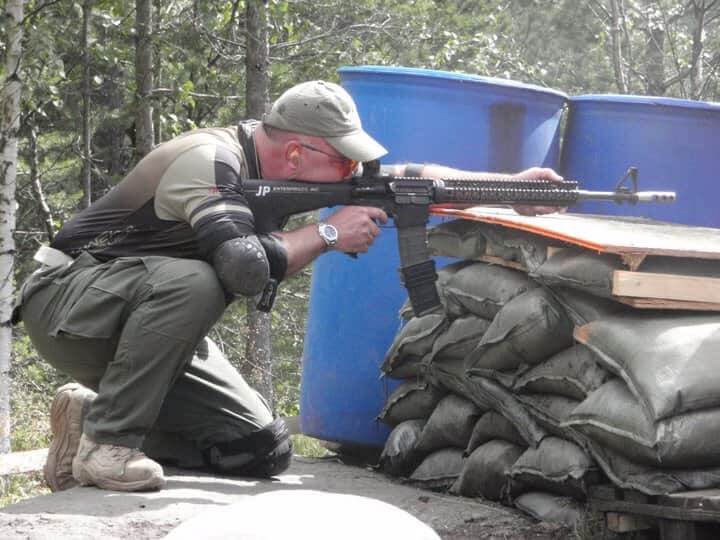
I have also been a competitive shooter since the mid-eighties, either shooting archery competitions, pistol competitions, or multi-gun and long-range rifle competitions. So I know what it takes to make a good clean shot and how to practice the things that need practicing. As well as the importance of a good ballistic program and knowing to input good info if you want good data back.
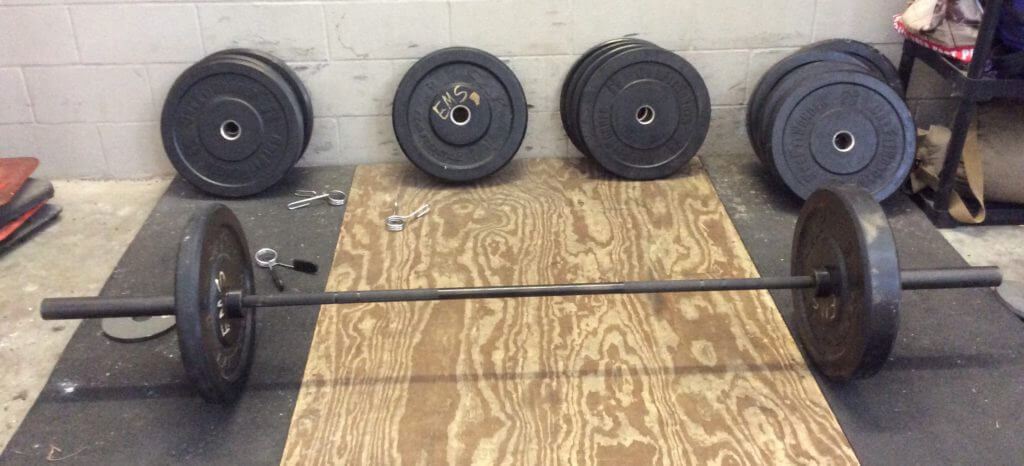
Fitness… you don’t need a gym membership, or an Olympic weight set, with a little common sense and stuff you probably have laying around the house, you can get into good shape for western hunting. I prefer to do my fitness regimen during the hottest time of the day and for me, that’s anytime from noon to 5 pm. When I’m at work I will don my firefighting gear and walk 4km, in the heat. Every week I will take 1/2 of a km and instead of walk I will jog, and increase by 1/2 km until 2km is walked and 2km is jogged. Then I add my air pack which weighs 40# or more, and do it all over again.
At home, I simply wear sweats and a pack with 16 liters of water bottles. To offset the easier conditions I do 3 miles and add squats and push-ups. Calisthenics is all you really need, basic walking and jogging, squats, and push-ups. Dealing with the heat and humidity is a fair representation of dealing with the lower oxygen content of the west. Getting acclimated to the heat allows me to do my job better and benefits me for my hunts. Another way to simulate dealing with less oxygen to breathe is to give yourself less air or make it harder to move the amount of air you are used to. Doing my workout while wearing a properly fit N95 mask, does a fair job of limiting the amount of air I’m used to taking in, you can increase air intake resistance by wetting the mask.
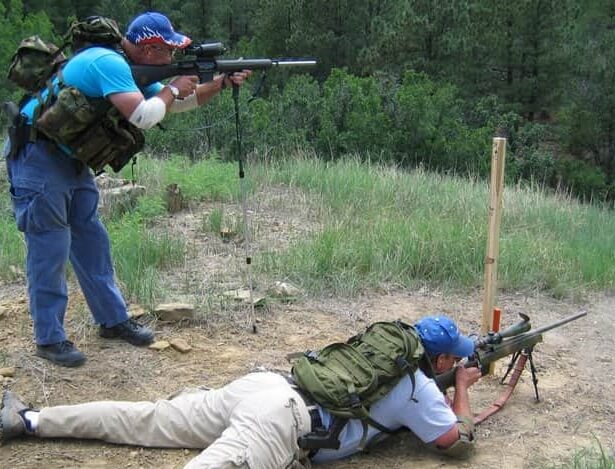
When it comes to having to make an accurate shot while under the stress of physical conditions, this is simply fine motor skills needing to take place while you are under stress. Something as simple as threading a nut on a bolt, on and off, during your workout. It works on calming your breathing and making your brain work. I have occasionally finished a stalk on an animal and gotten very close only to find my breathing is so labored, that I cannot hold on the animal. Taking a minute or so to calm my heart rate and breathing to a suitable level to make an accurate shot is much easier when you have practiced how to do it.
Shooting… First and foremost you need to be able to make an accurate shot, take all the time you need in order to do that initially. Later you will greatly benefit from being able to make the same shot in under 10 seconds, once you’ve acquired a stable shooting position. Ideally, you should be able to acquire a stable position and hit your target in under 30 seconds. I have spent hours upon hours of practice getting into a stable shooting position and hitting a 4moa target out to 400 yards with iron sights, for my multi-gun competitions. All I do now is simply practice with my hunting rifles. The positions will vary but supported kneeling, supported sitting, sitting from sticks, standing from sticks, prone, and offhand are all included in my practice regimen.
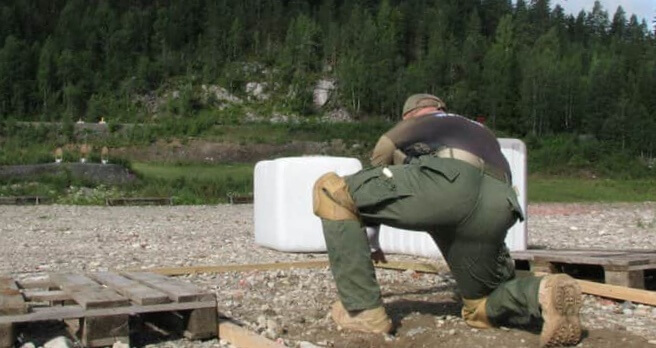
In order to simulate the excitement of making the shot, I do 20 jumping jacks or push-ups, just before getting into position and starting my 30-second shot clock. Then I take one shot, at whatever distance I’ve decided is my expected shot distance. Occasionally I will add a second shot provided I make that one within 10 seconds of the first one. If the first shot is a miss, and I can compensate for whatever caused the miss, wind, a jerk, the animal moved, whatever. It is a good skill to practice because misses happen. I practice my shot from every position and then when I can make it routinely, I move the distance back and get outside of my comfort zone. I practice offhand as well because several times I’ve needed to make an unexpected shot at less than 100 yards, this shot I practice with only a 10-second shot clock.

Scouting… Since I live several states away from my hunting destinations. It is not convenient for me to scout my hunting area in the traditional manner. I have relied on friends that have hunted an area, online maps, and spending the first day or two of a hunt simply scouting the area out. If I have 5 days to hunt an area taking the first 2 to scout the area is often time well spent. The nice thing about the west is that much of your scouting can be performed from a high point using binoculars and spotting scope.
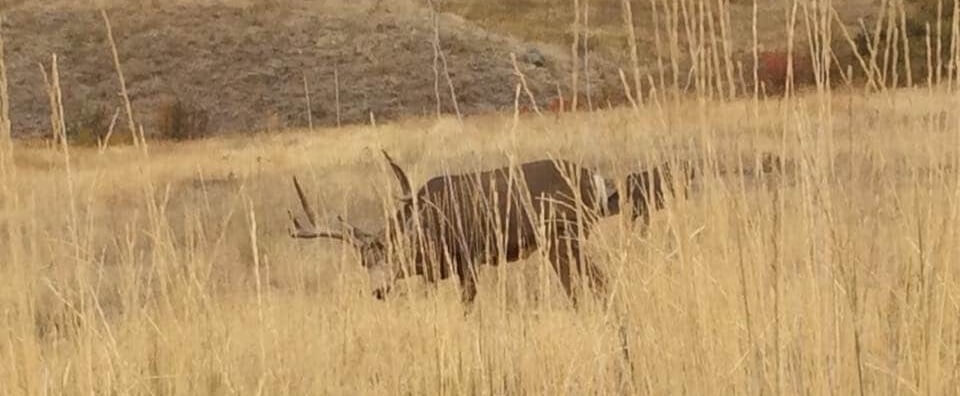
I have taken a few days during a vacation to visit relatives in Montana and gone and scouted an area in Wyoming, or done a summer trip to fish in Colorado and scouted an area at the same time. The use of technology has made scouting much easier for those of us used to reading topography maps. Satellite images from Google Earth or some of the hunting sites is tremendous. They can show burn areas from previous summer months, or that ponds are dried up or actually there, stuff that could never be accurate on a paper map. Fellow Hunt365 contributor Jake Wallace has written a good article on Pandemic Scouting, he mentions some very good ways of accomplishing decent scouting.
Gear… In addition to my shooting sticks I also tend to carry a small collapsible stool, strapped to my pack. Using that stool along with my pack and sticks makes for a very stable shooting position. It allows me to get above most of the ground clutter that interferes with using prone.
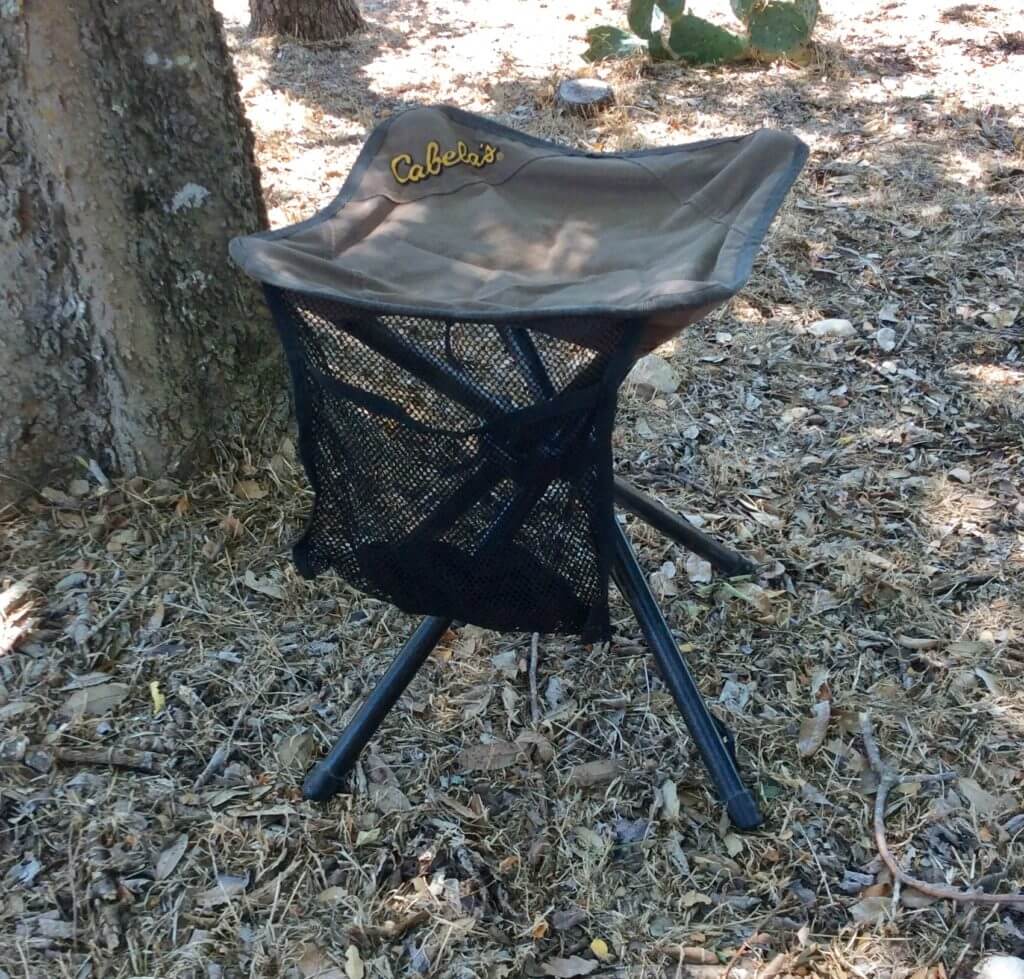
Depending on what I anticipate for ground cover, I may take tall sticks more suited for standing than sitting or kneeling, they can also be configured in either bipod or tripod fashion. When I hunt Wyoming for mule deer and pronghorn, I typically only need my short 48” sticks, due to very low grasses and a lot of broken cover.
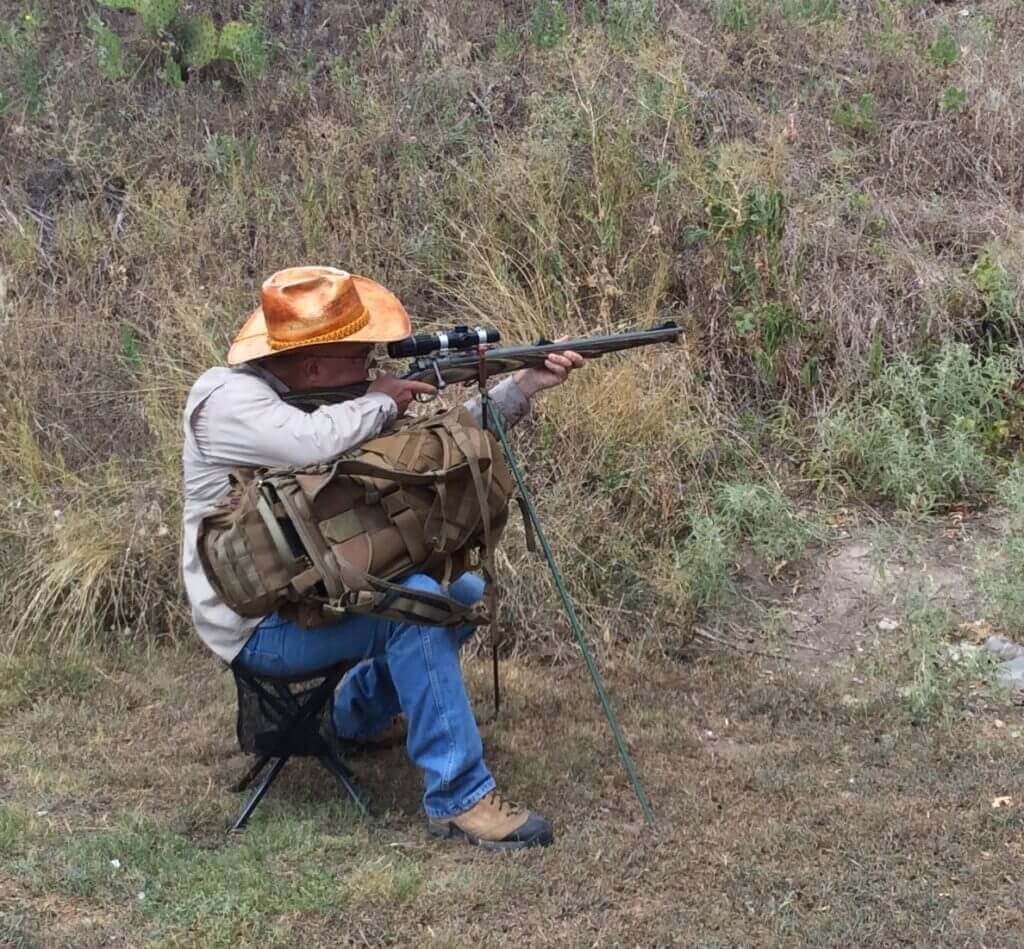
When I went to Colorado for an elk hunt, my long sticks went with me, they are 7 foot tall. Having to shoot over sagebrush that was between 3 foot and 6-7 foot tall made the shorts sticks almost worthless. However, they are quickly adjustable for use from sitting to standing. Using them in long-range competitions where time is of the essence and shots are rarely less than 400 yards have proven them to be worth carrying. The tall sticks also work well for steadying binoculars while standing and scanning the countryside.
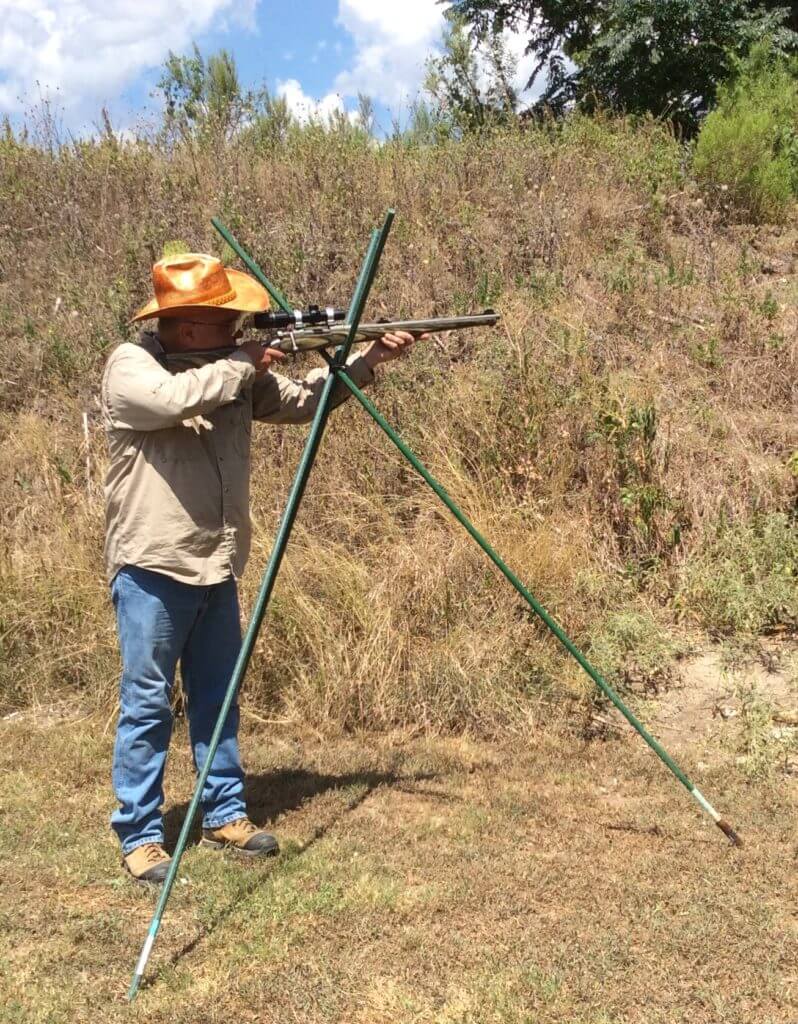
One little bit of info I’ve learned about shooting from the tall sticks, comes from a good friend in Africa. His recommendation is that I place the weight of the rifle on the sticks and only use my muscles to steer the rifle. This seems contrary to what I’ve seen done in pictures or videos, where the fore-end of the rifle is supported by the sticks but the balance of the rifle is supported by the shooter. In practice, it makes perfect sense and allows me a much steadier hold when I need to shoot from a standing position, especially in the tripod configuration.
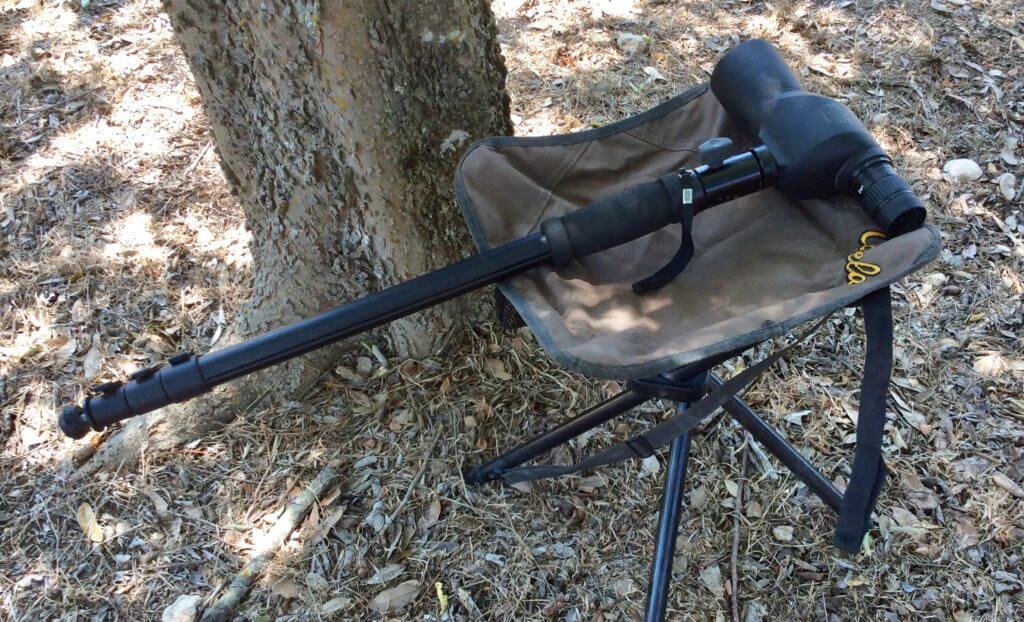
I will also carry a spotting scope, attached to a monopod. The monopod cuts weight I have to carry and allows for steady use while standing or from sitting. It collapses down to fit in my pack and is used only when I can’t define what I’m looking at with the binos or I’m at a spot I’ve decided to investigate thoroughly. One bit of gear that seems quite popular, but I have no use for is a rifle mounted bipod. To me they are either too short or too heavy, they also always seem to reach out and grab brush. In the 40+ years of hunting, I don’t recall ever having an opportunity to shoot a big game animal from the prone position. I much prefer hand-carried shooting sticks, they allow me to use them on rifles or handguns.
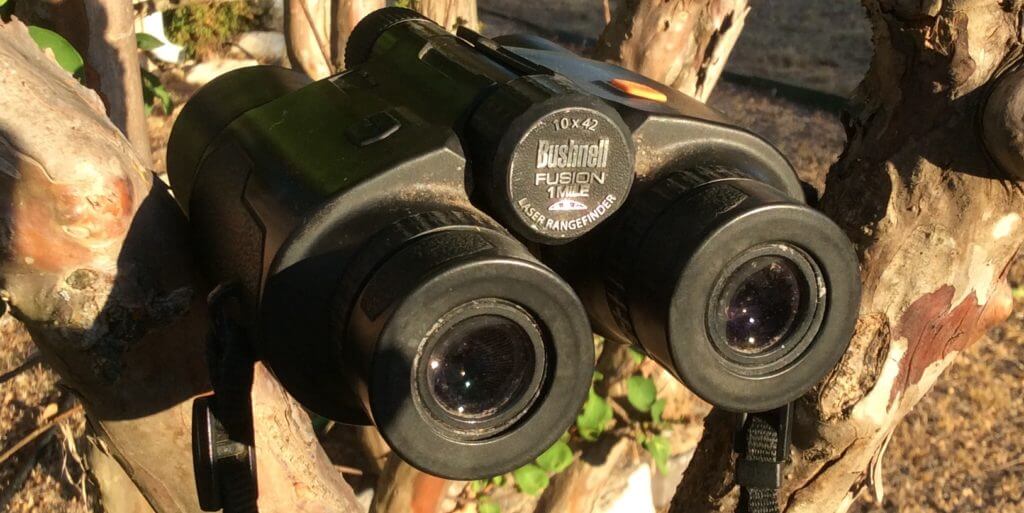
The binoculars I carry have an integrated laser range finder that works to a mile, having the two in one piece of equipment is a great benefit.
The spotting scopes I use are both large and small, depending on whether I anticipate a lot of walking and hiking to get to good glassing areas or easy access to good locations. On my elk hunt, where I needed to cover 10-14 miles or more a day, the smaller spotting scope was perfect. While on my mule deer and pronghorn hunts, where I can drive to most locations and then hunt an area, the larger scope gets used.
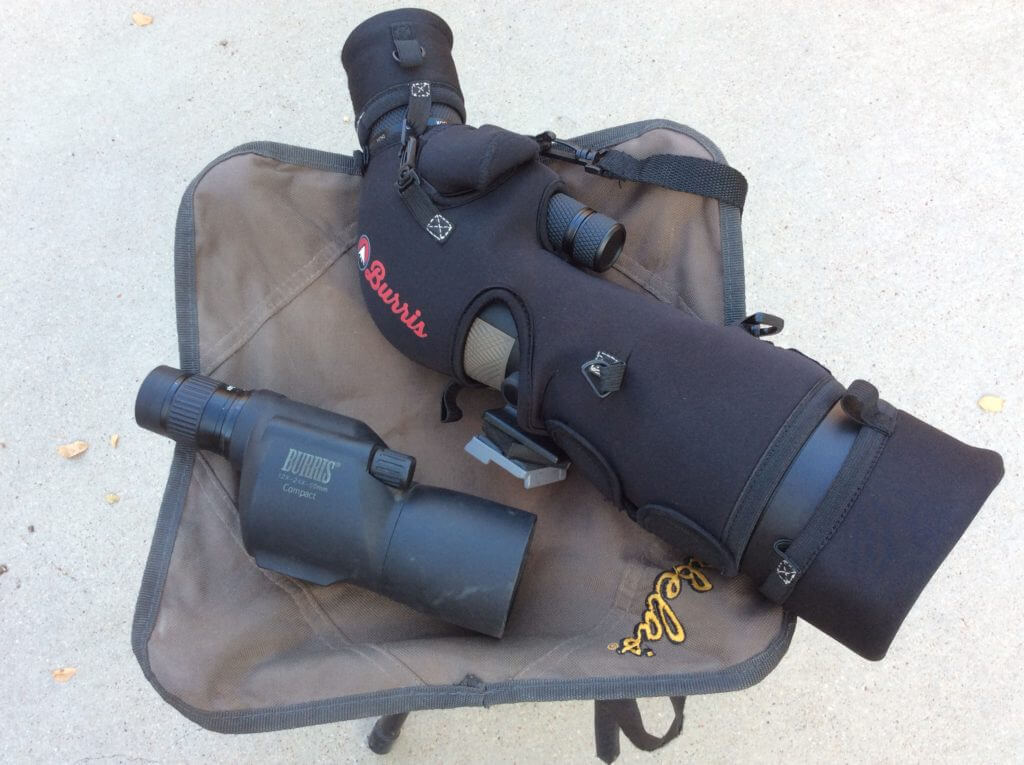
Some of the other gear I always try and carry in my pack during hunts includes several knives, a spare fleece jacket, spare socks, knee and elbow pads, game bags, a headlamp, a wool cap or headband, 50’ of paracord, a compass, a large plastic trash bag, and matches or lighter.
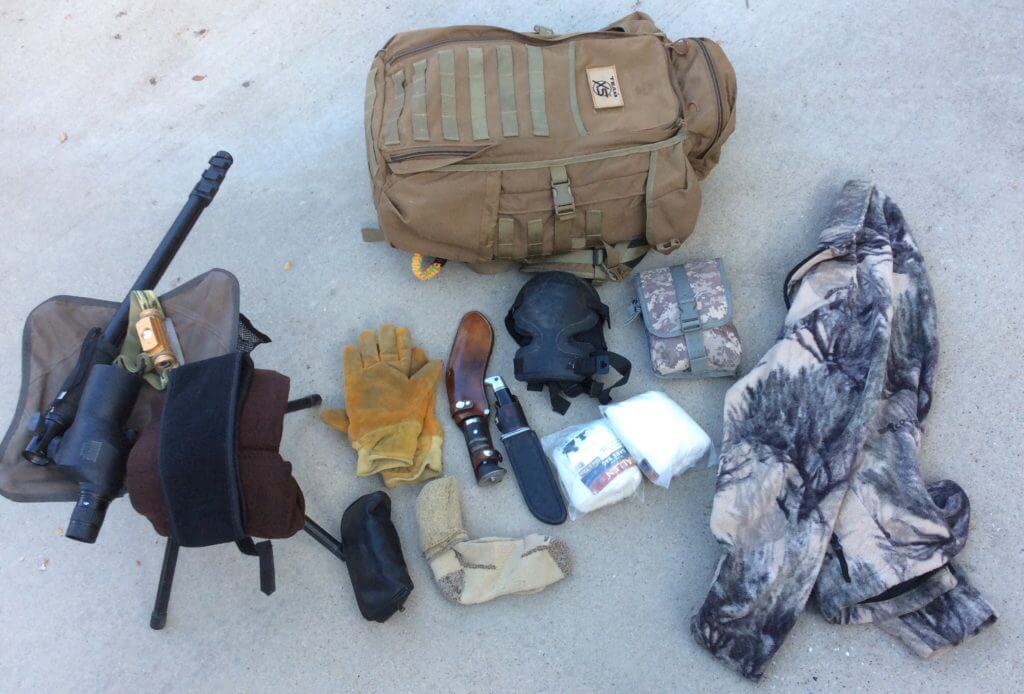
Some of the gear is self-explanatory, the trash bag is a 55 gallon can liner, I can use it for a shelter, or to cover meat. The spare socks are simply to have clean socks to put on during a long day of walking, it refreshes the feet, at least for me. The extra fleece may be replaced with a heavy coat if I think weather could move in. The several knives stems from my dislike of having to stop a skinning, gutting, or quartering job in order to resharpen a knife. Typically, 3 knives are all that is needed, I also include a folding bone saw.
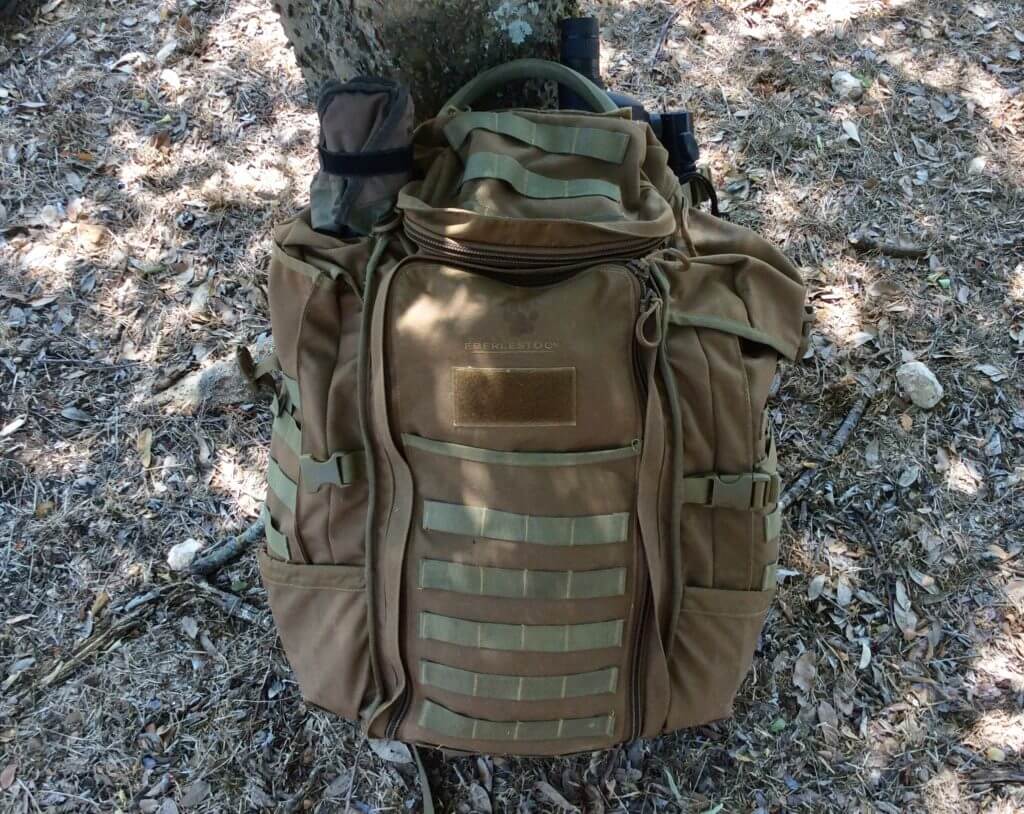
All of my gear is carried in one of my Eberlestock packs, either an F1 modular pack frame, or my Phantom pack. There are lighter packs out there, but I’ve gotten used to having gear that will take abuse, so I really prefer the Eberlestock line of packs. They are ruff, tuff, and ready for stuff, I can’t recommend them highly enough.
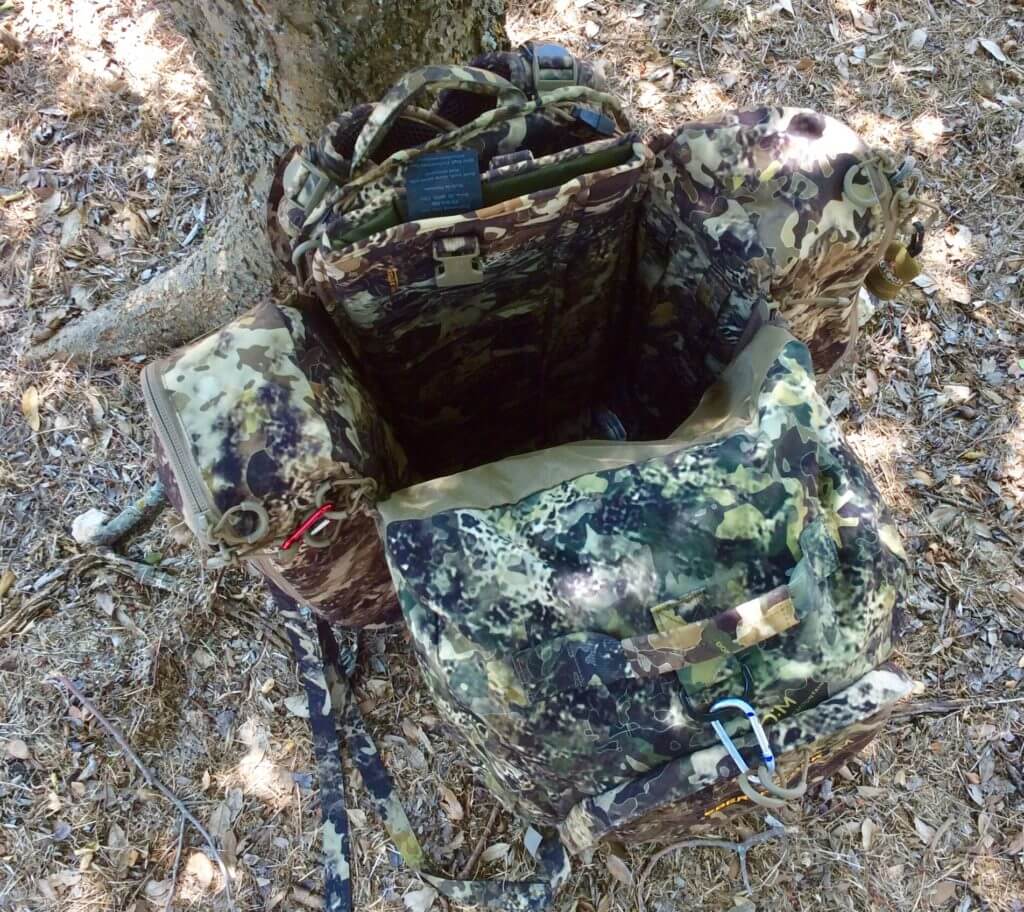
The F1 expands out to accommodate meat transport depending on how you wish to configure the pack. 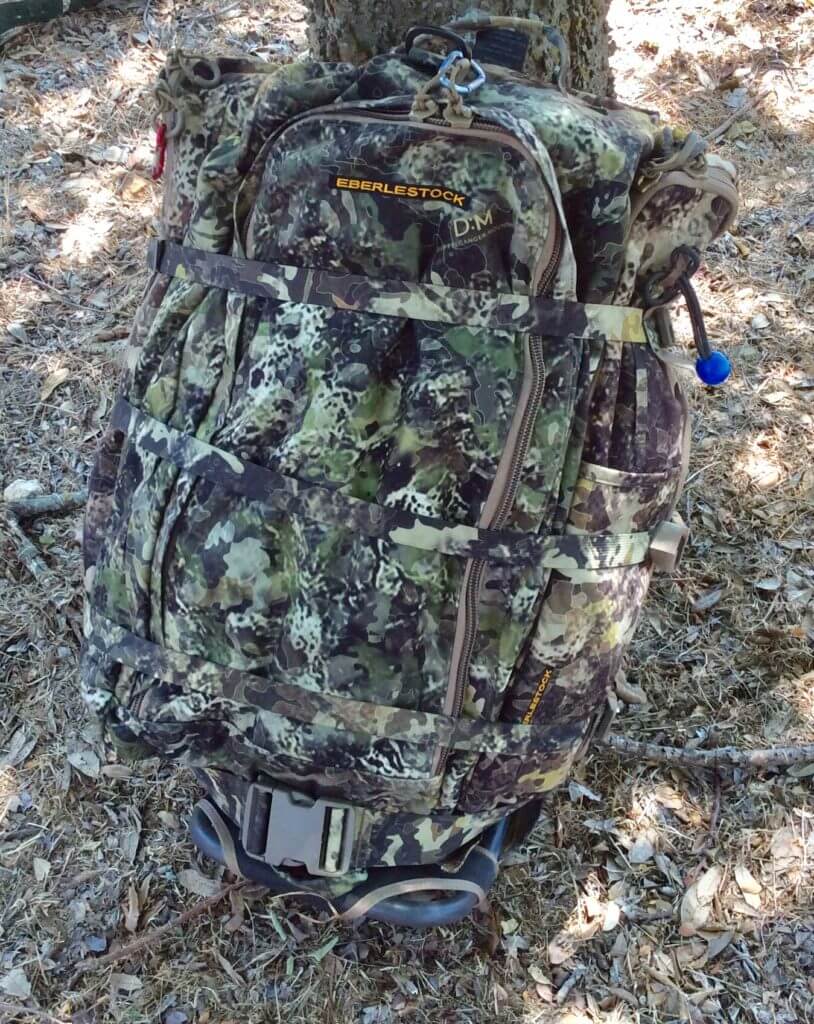
The F1 mainframe is able to be compacted down as well.
All of the topics I’ve covered are important and they all work toward me having a successful hunt. The most important for me is the fitness, it allows me to comfortably hunt hard and push myself. The shooting aspect allows me to know what I can and cannot do, or shouldn’t do. The gear aspect and scouting are more personal preferences and could easily differ from person to person. These are the things I do as a flatlander, it helps make the summer doldrums go by faster and keeps me eagerly awaiting the first hint of fall.